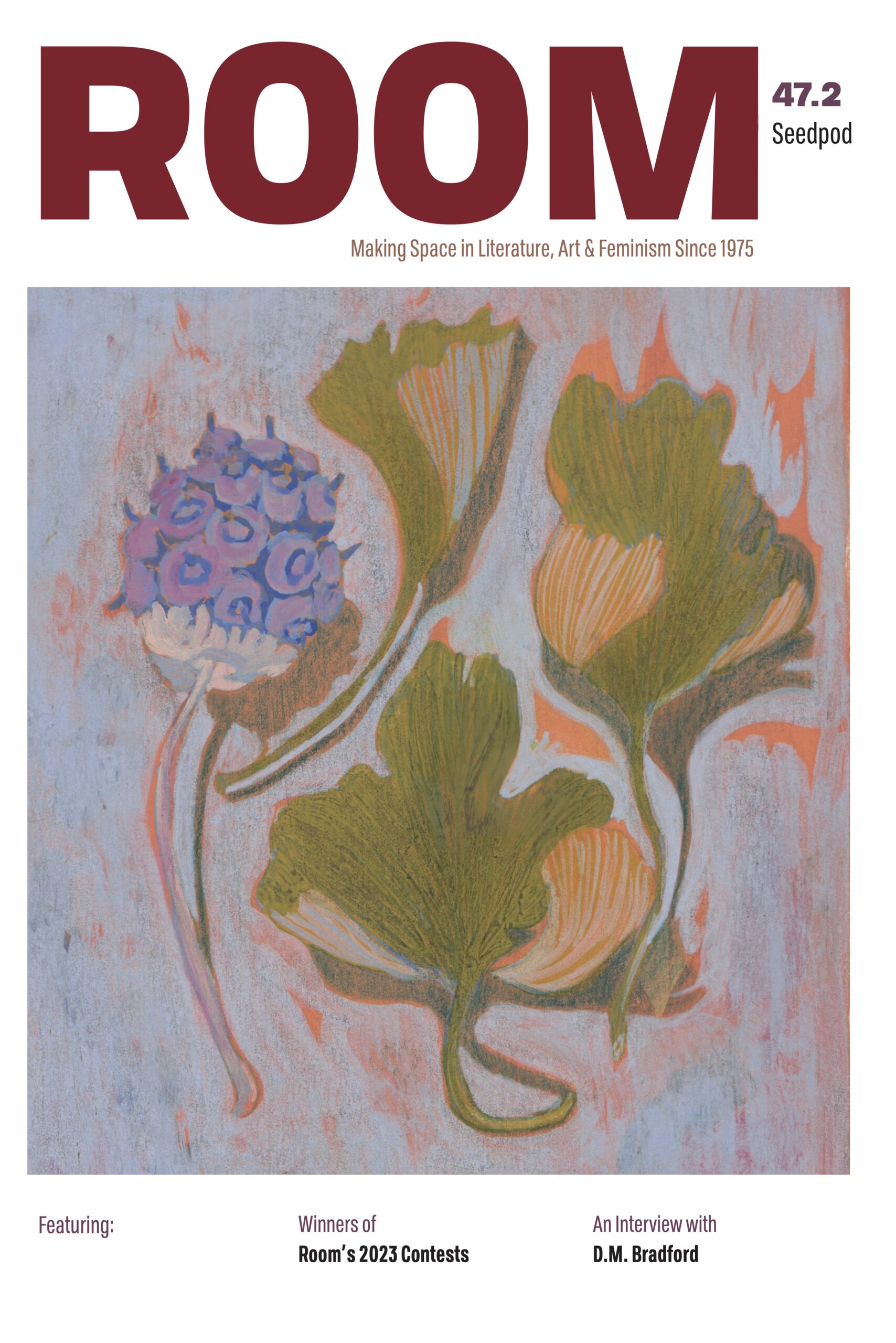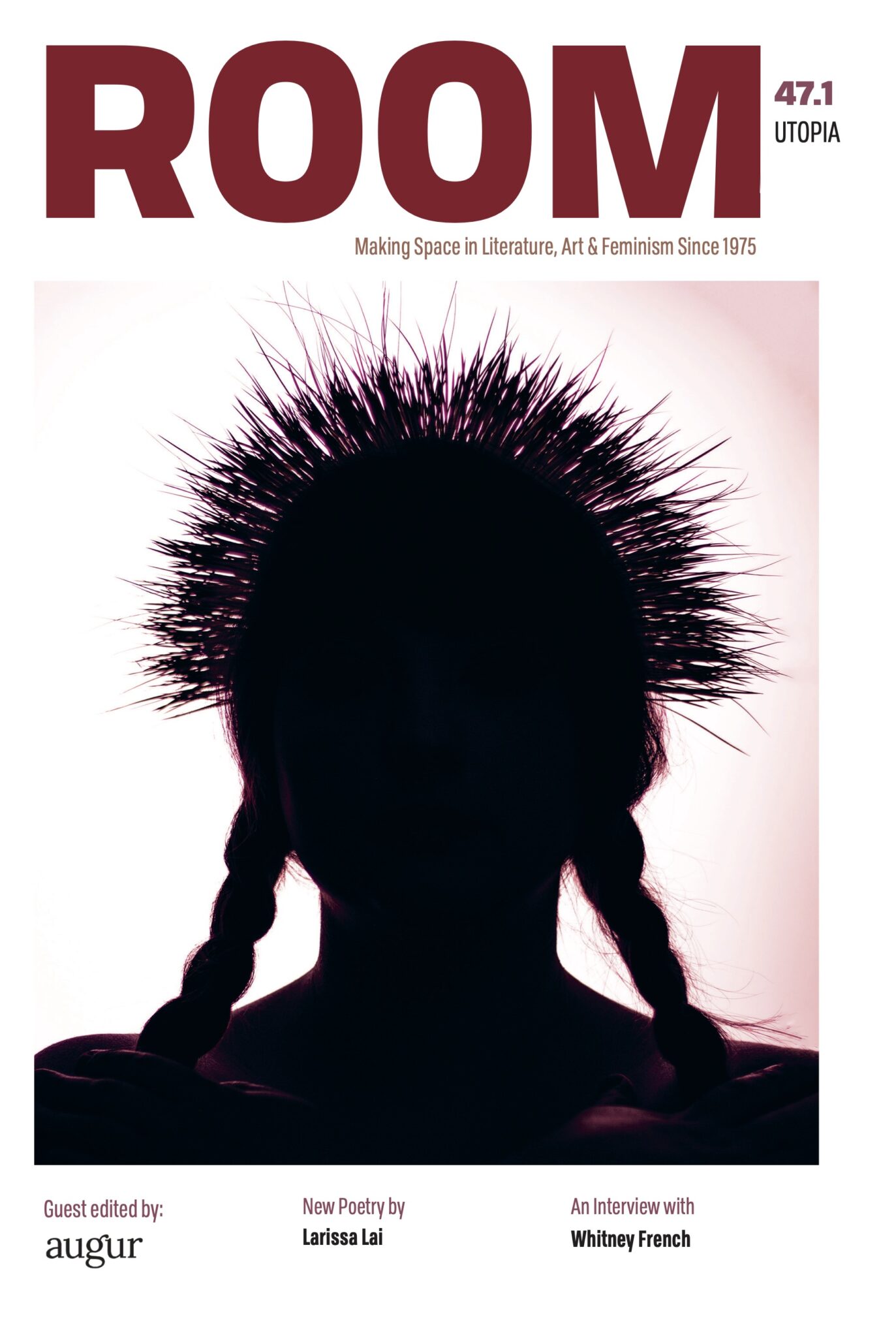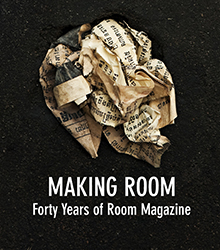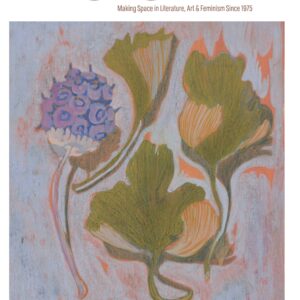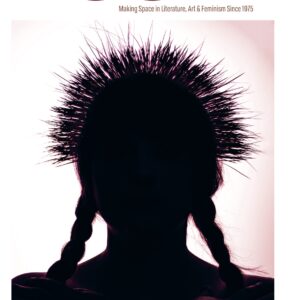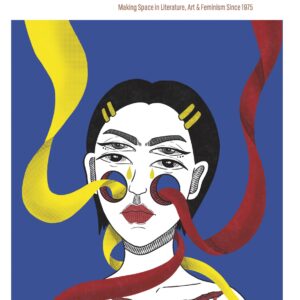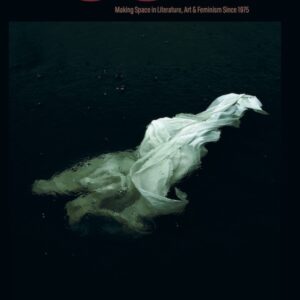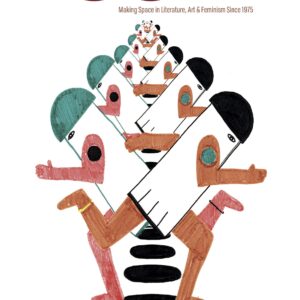While the erasure of Black, Indigenous, and People of Colour’s (BIPOC) lives on Turtle Island continues, there is an increasing need for literary work that interrupts this process. One genre doing this type of work is speculative fiction. BIPOC spec fiction not only centres BIPOC characters but boldly places them within alternative realities and futures, subverting the dominant narrative and inventing new ways for BIPOC folks to face down fresh and old oppressions.
While the erasure of Black, Indigenous, and People of Colour’s (BIPOC) lives on Turtle Island continues, there is an increasing need for literary work that interrupts this process. One genre doing this type of work is speculative fiction. BIPOC spec fiction not only centres BIPOC characters but boldly places them within alternative realities and futures, subverting the dominant narrative and inventing new ways for BIPOC folks to face down fresh and old oppressions.
Dedicated spaces and movement focused on our futures, such as Indigenous futurism and Afrofuturism, are growing in popularity and some of literature’s top prizes (http://ggbooks.ca/the-marrow-thieves) are even catching up to the importance of these BIPOC voices.
Canadian BIPOC spec fiction is as diverse as the writers who creative it ranging from sci-fi, fantasy and horror to magical realism. Though publication within the predominantly white space of genre fiction remains a struggle, some BIPOC women-identified writers are nevertheless carving out an incredible niche. Some authors writing amazing diverse spec fiction include:
- Hiromi Goto (https://www.hiromigoto.com/) is a Japanese-Canadian writer and editor. Her feminist magical realist first novel Chorus of Mushrooms (1994) won the 1995 Commonwealth Best First Book Canada and Caribbean Region. It tells the story of three generations of Japanese women, their relationship to each other and to Japanese-Canadian identity living on a mushroom farm in the prairies. One of her most recent novels, Half World (2009) a dark fantasy about an unpopular and impoverished Japanese teen on a quest to rescue her mother from one of the three realms which embroils her in the determination of the fate of the universe. It won the 2010 Sunburst Award and the Carl Brandon Society Parallax Award and is followed by its stunning sequel Darkest Light (2012). Goto has been known to write about genderless frogs and artfully blend lyricism, philosophy, and nightmare.
- Nalo Hopkinson (http://nalohopkinson.com/index.html) is a Jamaican-Canadian writer. One of her best known books, Brown Girl in the Ring (1998) was nominated for the Philip K. Dick Award, received the Locus Award for Best First Novel, and was recently used as the inspiration for the feature film Brown Girl Begins. Her latest novel, Sister Mine (2013) about two formerly conjoined twins who are the daughters of a human and a god won the 2014 Andre Norton Award for Young Adult Science Fiction and Fantasy. Hopkinson is known for writing steeped in Afro-Caribbean vernacular and folklore set against the backdrop of dystopian post-apocalyptic futures.
- Lydia Kwa (http://www.lydiakwa.com/) is a Canadian psychologist, poet, and writer. Her debut novel This Place Called Absence (2000) was nominated for the Amazon First Novel Award, Re-Lit Award, and the Lambda Literary Award for Lesbian Fiction. It fuses together narratives of ah ku or Chinese prostitutes in early 20th century Singapore and a contemporary Chinese-Canadian psychologist. Her most recent novel Oracle Bone (2017) is a prequel to The Walking Boy (2005) which has a revised edition coming out this year. Oracle Bone is a magical-realist novel set in 7th century China which tells the story of the empress’s demon lover, Xie’s, quest for an immortality-bestowing oracle bone and the Daoist nun and her orphaned female protégé standing in Xie’s way. Her work is stepped in an appreciation for Chinese history, traditional storytelling, and martial arts.
- Larissa Lai (https://www.larissalai.com/) is an American-born Canadian poet, professor, and writer. Her novel When Fox is a Thousand originally published in 1995 was reprinted in a second edition in 2004. It won the Astraea Foundation Emerging Novelist Award and was a finalist for the Chapters/Books in Canada First Novel Award. The book centres around a fox spirit that haunts a young woman living in contemporary Vancouver. The fox has the power to inhabit women’s bodies and cause trouble. The book is a retelling of a Chinese folktale that disrupts gender, stereotypes, and time. Her forthcoming novel The Tiger Flu (2018) is a cyperpunk thriller and Lai’s first novel in sixteen years. It’s about a group of exiled women who are the result of parthenogenesis, the process of creating embryos from unfertilized egg cells.
- Cherie Dimaline (http://cormorantbooks.com/contributor/cherie-dimaline/) is a Métis writer and editor and was the first Aboriginal Writer in Residence at the Toronto Public Library. Her most recent novel The Marrow Thieves (2017) was the winner of the Governor General’s Literary Award for Young people’s literature and is a finalist for the 2018 Trillium Book Award. The book tells the story of a post-apocalyptic future in which humanity has been nearly wiped out by climate change and Indigenous people are being harvested for their bone marrow. Dimaline’s tale beautifully invokes the painful realities of generations past and present while simultaneously engendering the future.
- Sarah Raughley (https://sarahraughley.com/about/) is a Young Adult writer who grew up in Canada. She writes about girls with superpowers and reimagines myths. Her first novel Feather Bound (2014) is a modern New York take on the swan maiden myth, in which human swan women lose their free will if their feathers are taken. She recently released an epic YA fantasy series called The Effigies – Fate of Flames (2016) and Siege of Shadows (2017) – about young girls with the ability to control the elements and fight to save the world from evil Phantom monsters. The third book in the series, Legacy of Light (2018), will be released later this year.
- Silvia Moreno-Garcia (http://www.silviamoreno-garcia.com/blog/) is a Canadian novelist born and raised in Mexico. She is the winner of the 2016 World Fantasy Award for her co-edited anthology She Walks in Shadows (2015), an Indiegogo-funded collection of Lovecraftian cosmic horror stories written exclusively by women. Her debut novel Signal to Noise (2015), a literary fantasy novel set in Mexico City in which teens learn to cast spells with vinyl records, won the 2016 Copper Cylinder Literary Award. Her work is also known for its spec fiction subgenre, weird fiction.
- Doretta Lau (http://www.dorettalau.com/) is a journalist and author of How Does a Single Blade of Grass Thank the Sun? (2014) which was shortlisted for the City of Vancouver Book Award and longlisted for the Frank O’Connor International Short Story Award. The book is a literary short fiction collection which begins with a story in which people receive text messages from their future selves. Her fiction has appeared in a number of literary magazines, and her speculative fiction short story “Best Practices for Time Travel” appeared in Room magazine 38.3. Lau’s fiction is intelligent, funny, and intersectional.
- E.L. Chen (https://chizinepub.com/e-l-chen/) is a Toronto-based writer whose work is widely anthologized. Her short stories have appeared twice in the Tesseracts anthologies which are compilations of the best in Canadian speculative fiction; first, in Tesseracts Nine (2005), co-edited by Nalo Hopkinson, and second, in Tesseracts Fifteen (2011). Her first novel The Good Brother (2015) is a young adult fantasy in which a Chinese teenager flees home in search of reinventing herself free from the shadow of her dead brother, but finds herself plagued by the past during the Festival of Hungry Ghosts when restless spirits are able to roam. Chen’s work is hypnotically eerie exploring themes of modern life, technology, and Chinese tradition.

